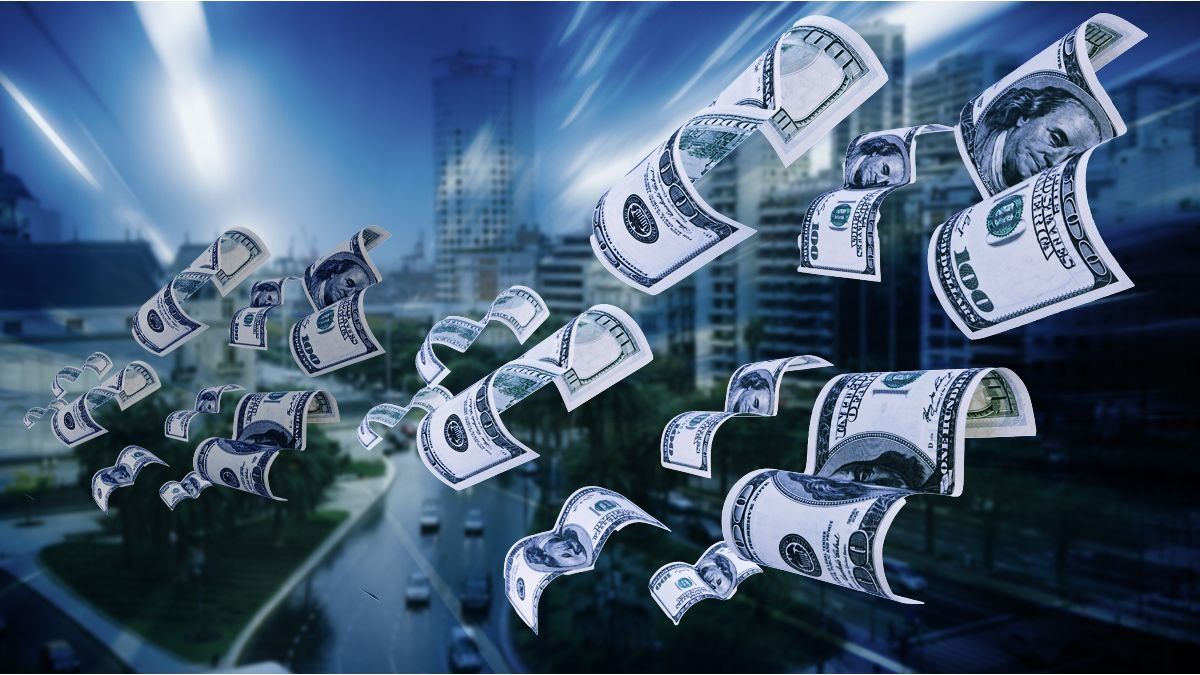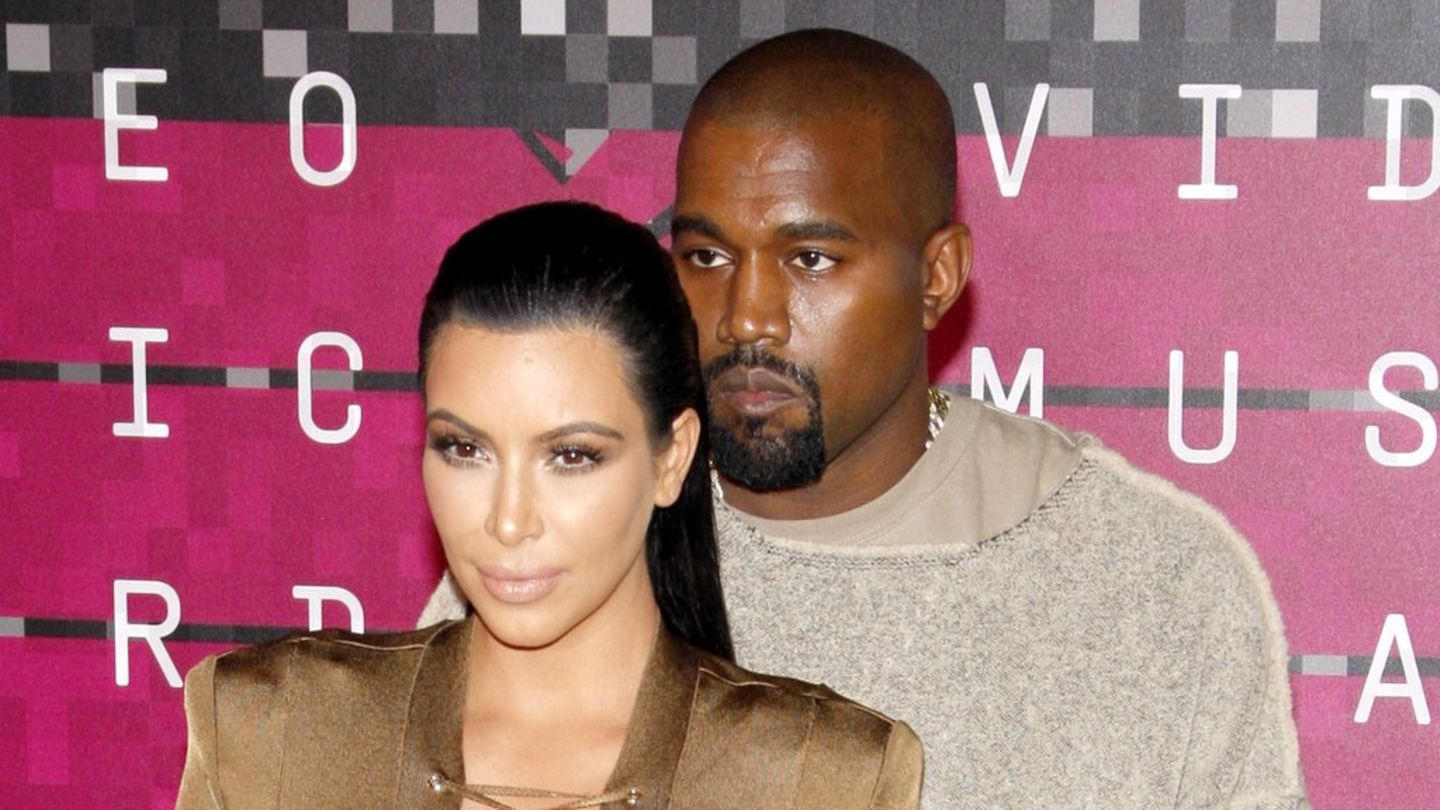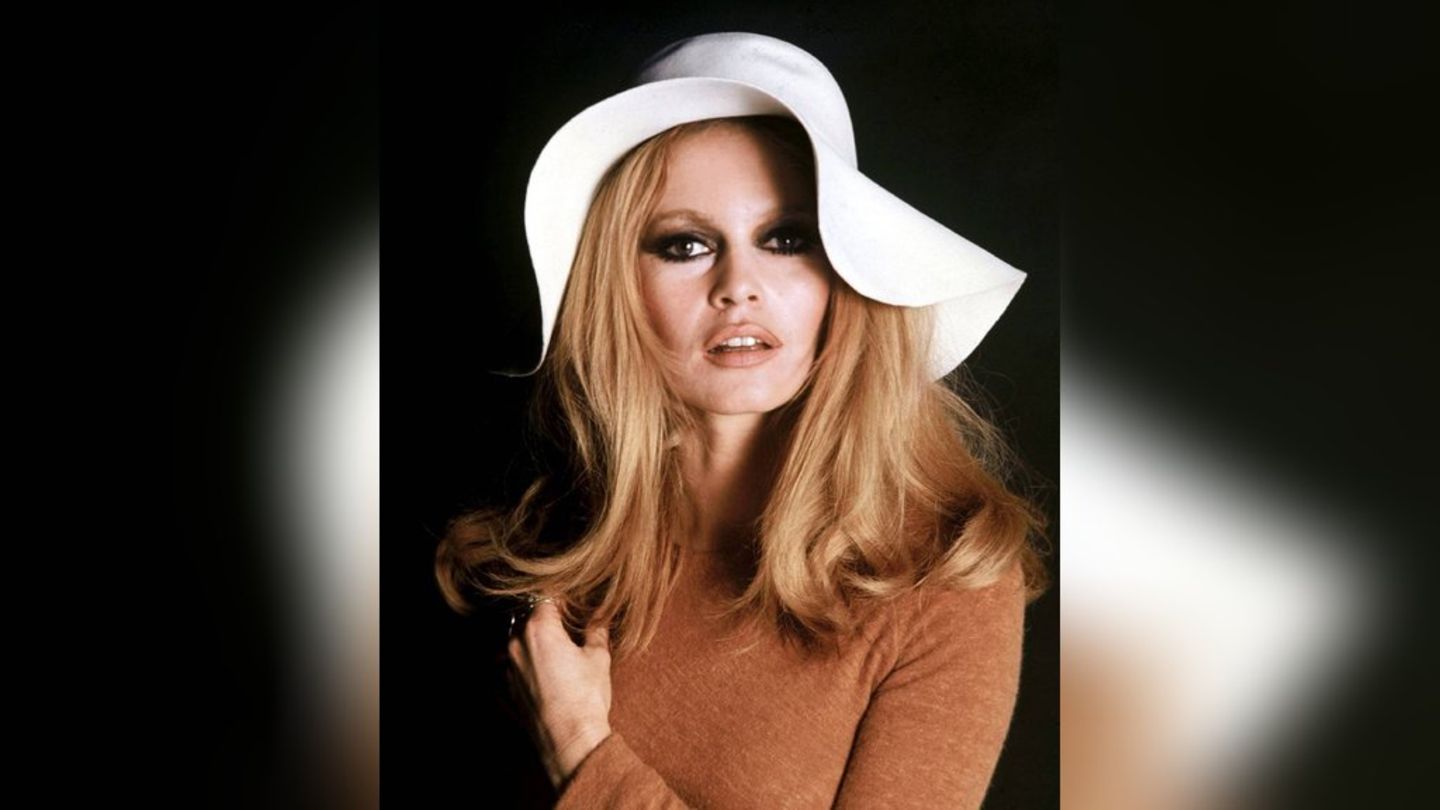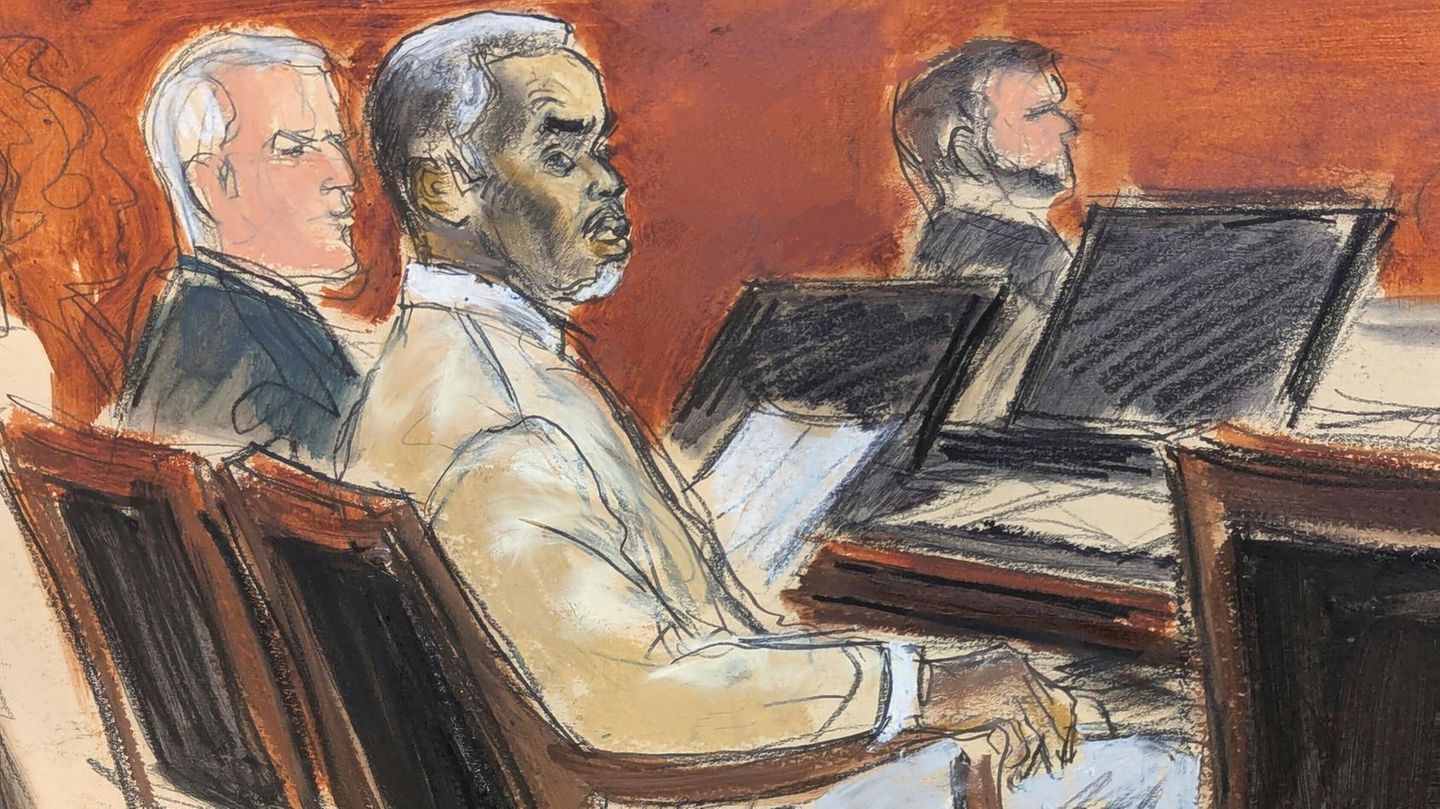The currency market experiences about two weeks of relative pax exchangeafter a period of high volatility prior to the general elections, which was a product of the frenzy sparked by some sectors of politics and typical of the pre-election dollarization of portfolios. The financial dollars and the blue They fell until they located the gap with the officer around the 165.7%the lowest post-selection.
However, the analysts consulted by Ambit They foresee that the pressing economic situation, the shortage of foreign currency and the uncertainty of the face to the November 19 ballot“without a doubt”, will put pressure on the values of the parallel dollars. Thus, blue is trading this Tuesday, October 31 at $880 for purchase and $930 for sale and moves away from $1,100, its nominal historical maximum that was marked on Monday after the presidential elections.
The experts consulted by this means maintain that stability in the foreign exchange market It is due to various factorsamong which stand out:
- The implementation of differential exporter dollar for all products destined for export; which involves a settlement process of 70% at the official exchange rate and the remaining 30% at Cash with Settlement (CCL), which increases the availability of foreign currency in that exchange market and reduces the pressure on the value of financiers.
- The activation of the second tranche of the swap with China, which gives greater power of exchange intervention to the BCRA, which discourages fear of a devaluation.
- And the operations ordered by the Ministry of Economy and carried out by the AFIP in the caves of the City.
All of this, It has an indirect downward impact on the prices of parallel dollars.
Blue dollar: what could wake you up
And, as he explains well Martin Vauthiereconomist at Anker Latin America, the dynamics of the dollar in the coming weeks “will be closely linked to the expectations and speeches issued by the two candidates about their economic programs.” This, the analyst indicates, is essential for “dispel the uncertainty that still prevails in the scenario”. In this sense, if the discourses are oriented towards the reduction of uncertainty, it is likely that the dynamics of the dollar be limited.
On the other hand, he warns that if signs are not perceived that point to a decrease in uncertainty, “it is very likely that we will observe pressure in the financial market in relation to the dollar.” In summary, if no political events occur that generate turbulence, the scenario would remain stable until the week before the elections. At that time, there may arise certain fears that could erode confidence in the local currency.
Along the same lines, the economist expresses himself Amilcar Collantewho maintains that, as happened before the October election, given the possible scenario of dollarization proposed by Javier Milei and in which a part of the market validated a dollar of $1,200the electoral result deflated the price of both blue and financial, so now “It will depend on what the surveys show.For example, if they see opportunities for Milei prices could rise again”.
In any case, there are those who consider that there is still room for the dollar continues its downward trend in the coming days, this is because it is feasible that a part of the dollars that were acquired prior to the elections return to the parallel marketmotivated by a greater demand for pesos to cover needs such as the payment of salaries and other commitments at the beginning and end of the month.
Blue dollar: analysts’ price and the end of the downtrend
Yes ok Milei is in the race and said that his dollarization plan is not touched, “The truth is that the market does not assign it many chances of success.”, maintains a report from EconViews. Even if he wins with the support of Together for Change leaders, and possibly others from Schiaretism, he will have to shelve some of his projects, including the disappearance of the Central Bank. “With that tree of priorities, There seems to be no reason for the dollar to continue above $1,000. More so when exporters now provide 30% of their sales to that market,” the document indicates.
Joel Lupieri, from the consulting firm Epyca, suggests that the scenario must be divided into two: one pre-ballot and other post. In the next two weeks, “relative calm is expected with the blue dollar“in the range of $900 and $1,000, and this tranquility will disappear “as we get closer to election day.”
After the second round, he points out that we must be prepared to witness “an increase in the value of the dollar, which could surpass previous highs”, warns the analyst.
MASS DOLLAR MILEI
For his part, the economist Gustavo Beranalyzes that after the post-election retraction “financial dollars would undergo greater stabilization“However, towards the runoff”The rearrangement would be resumed, accompanying the nominality and greater coverage given the proximity of the second roundwith values approaching $900, which would put greater pressure on the parallel exchange rate.
In summary, Politics will set the tone for the dollar in the coming weeks. Candidates’ efforts to appeal to voters are expected to continue, putting the political sphere in the spotlight like never before. Likewise, although the financial markets have experienced relative calm in recent daysthey could react again to any development in the political sphere, generating an increase in volatility.
An example of this would be yes, the idea of dollarization gained strength again, despite the need to forge alliances with sectors that do not support this measure. In that case, we could witness a resurgence of tension in the currency market.
As for the medium term, it will be necessary to wait for the result on November 19 to obtain a clearer vision of what can be expected for the future. For the moment, the horizon is focused on the short term.
Source: Ambito
I am a 24-year-old writer and journalist who has been working in the news industry for the past two years. I write primarily about market news, so if you’re looking for insights into what’s going on in the stock market or economic indicators, you’ve come to the right place. I also dabble in writing articles on lifestyle trends and pop culture news.




